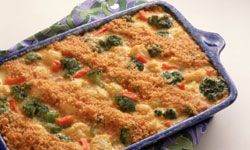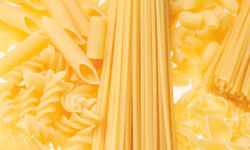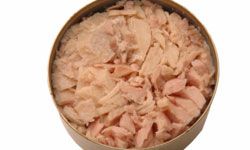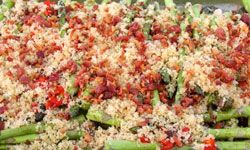People often think of casseroles as a comfort food. And with good reason. These tasty dishes have earned coveted spots at our dinner tables. Just think about some of the most quintessential Thanksgiving foods: green bean casserole with crunchy onions scattered on top and candied sweet potato casserole with gooey marshmallows.
Regardless of the season, casseroles are great one-dish dinners, and they can often feed a crowd or give you leftovers for lunch the next day. Furthermore, they're versatile enough to be enjoyed by vegetarians and meat-eaters alike (depending on the ingredients used, of course).
Advertisement
While casseroles are undeniably delicious, it can be difficult to whip one together quickly for a weeknight meal if you're not prepared. In this article, we'll tell you what items you should have on hand to make a quick casserole. With these 10 essential items in your pantry, you'll be able to prepare a tasty baked concoction in less than an hour. Read the next page to see what you need to get your casserole cooking quickly.





